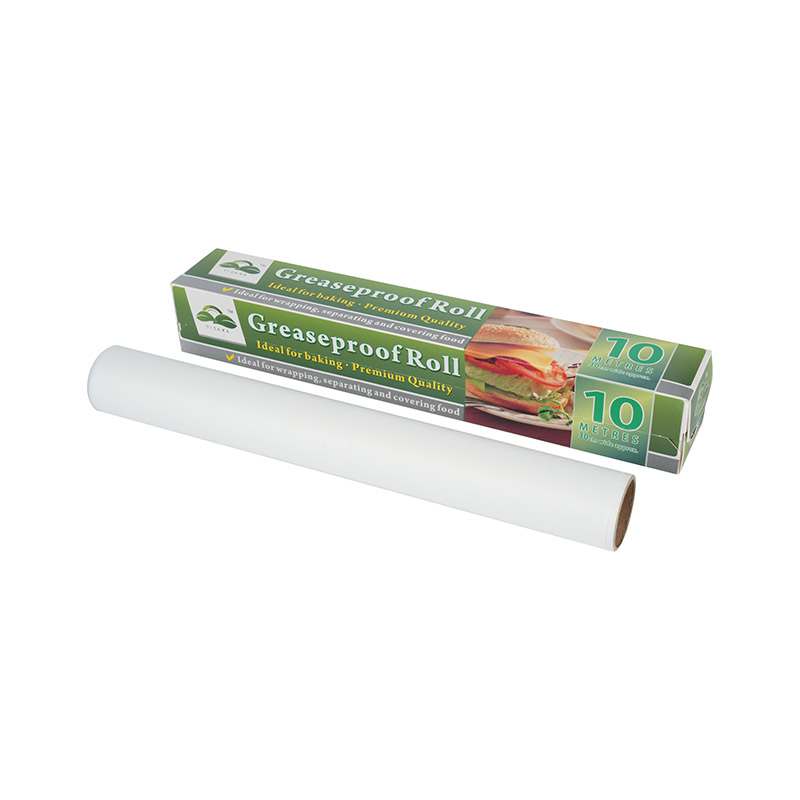The Chemistry of Grease Resistance
The secret to greaseproof paper lies in its molecular structure. During production, wood pulp is processed under high pressure and temperature to create a dense, compact sheet. This compression reduces the gaps between cellulose fibers, resulting in a tightly woven network that naturally repels liquids and oils. In some cases, additional treatments—such as applying a thin layer of silicone—are used to further enhance its grease-resistant properties.
Unlike regular paper, which absorbs oils and water easily, greaseproof paper acts as a barrier, preventing these substances from penetrating its surface. This ability stems from its low porosity and hydrophobic (water-repellent) characteristics. These features ensure that even the greasiest foods won't leave stains or residues on the paper itself.
Comparing Greaseproof Paper to Other Options
It's easy to confuse greaseproof paper with similar products like parchment paper or wax paper. However, each type serves distinct purposes based on its composition and intended use. Parchment paper, for instance, is coated with silicone to provide non-stick properties, making it ideal for baking but less suited for direct contact with oily foods. Wax paper, on the other hand, is coated with paraffin wax, offering moisture resistance but limited tolerance to high temperatures.
Greaseproof paper stands out because it achieves its grease-resistant qualities without relying heavily on external coatings. This makes it safer for use at higher temperatures and more versatile across different applications. Whether you're frying bacon or packing buttery croissants, greaseproof paper performs consistently well.

Industrial Applications and Innovations
Beyond household kitchens, greaseproof paper finds extensive use in industrial sectors. One notable application is in the fast-food industry, where it is employed to line trays, wrap sandwiches, and package fried foods. Its ability to contain grease ensures customer satisfaction while reducing cleanup efforts for businesses. Similarly, bakeries rely on greaseproof paper to separate layers of dough or line display cases, maintaining cleanliness and freshness.
Recent advancements in technology have led to the development of specialized variants of greaseproof paper tailored to specific needs. For example, antimicrobial coatings can be added to improve hygiene standards, while reinforced versions offer increased strength for heavier loads. Researchers are also experimenting with nanotechnology to enhance the material's performance, paving the way for smarter, more efficient solutions.
Tips for Maximizing Use
To get the most out of greaseproof paper, here are a few tips:
Reuse When Possible : If the paper hasn't absorbed significant grease or odors, consider using it multiple times before discarding.
Pair with Reusable Tools : Combine greaseproof paper with silicone mats or glass containers to extend its lifespan.
Choose Eco-Friendly Brands : Look for certifications or labels indicating sustainable practices when purchasing greaseproof paper.


 English
English русский
русский










